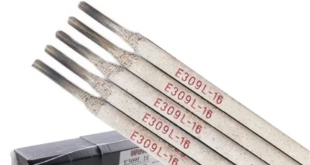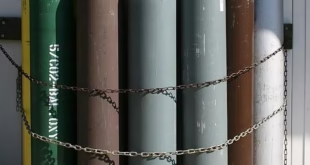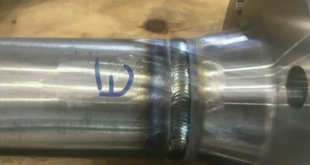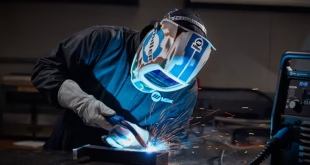Thoriated Tungsten Electrodes: Why They’re Dangerous Yet Still Used
Understanding Thoriated Tungsten Electrodes
Thoriated Tungsten Electrodes are a type of electrode commonly used in Gas Tungsten Arc Welding (GTAW), also known as TIG welding. These electrodes are made by adding thorium oxide (ThO₂) to tungsten, typically in a 1-2% concentration. The addition of thorium enhances the electrode’s performance, making it easier to maintain a stable arc, which is essential for high-quality welding.
Thorium’s radioactive properties make these electrodes unique compared to other tungsten types. Despite their risks, they have been widely used in various industries for decades because of their superior welding capabilities.
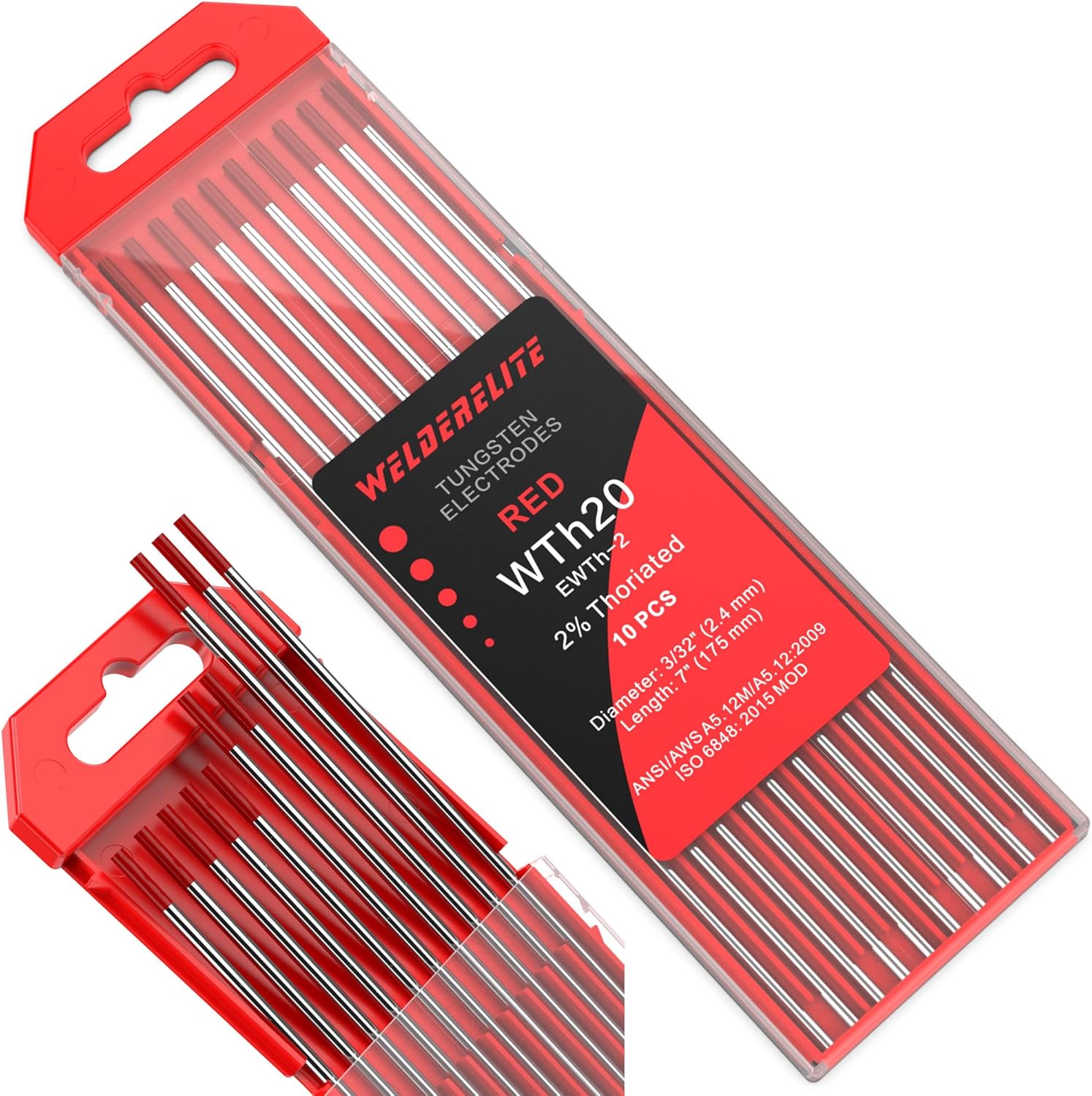
Composition and Purpose
The electrodes are primarily tungsten, a metal known for its high melting point and excellent conductivity. Thorium is added to increase durability, improve arc stability, and allow for higher current-carrying capacity. The primary purpose of Thoriated Tungsten Electrodes is to provide a consistent arc, even under demanding welding conditions, ensuring precise and strong welds.
Types of Tungsten Electrodes
While Thoriated Tungsten is popular, other types are available, each catering to specific welding needs:
- Pure Tungsten Electrodes: Suitable for AC welding but less durable.
- Lanthanated Electrodes: A non-radioactive alternative with good arc stability.
- Ceriated Electrodes: Ideal for low-current applications.
- Zirconiated Electrodes: Commonly used in AC welding for aluminum and magnesium.
Why Thoriated Tungsten Electrodes Are Still in Use
Advantages of Thoriated Tungsten Electrodes
One of the primary reasons these electrodes remain in use is their superior welding performance.
- High Arc Stability: Thoriated electrodes produce a smooth, stable arc, which is crucial for precision welding.
- Resistance to Contamination: They resist contamination better than many alternatives, ensuring consistent weld quality.
- Durability: Thoriated Tungsten lasts longer, reducing downtime for electrode changes.
Cost-Effectiveness Compared to Alternatives
While safer alternatives like lanthanated or ceriated electrodes exist, they are often more expensive. For smaller welding operations or those working with tight budgets, the cost savings from using Thoriated Tungsten can outweigh the perceived risks.
The Dangers of Thoriated Tungsten Electrodes
Radioactive Properties of Thorium
Thorium is naturally radioactive, emitting alpha particles. While alpha radiation cannot penetrate skin, it poses serious risks when inhaled or ingested.
How Radiation Exposure Occurs
The primary risk comes from grinding the electrodes. During this process, fine thorium-containing dust is released into the air. If inhaled, this dust can lodge in the lungs, exposing welders to radiation. Handling the electrodes without gloves can also lead to contamination.
Long-Term Health Risks
Prolonged exposure to thorium dust increases the risk of cancer, particularly lung and bone cancer. The radioactive particles can remain in the body for years, continuously emitting harmful radiation.
Risks During Grinding and Handling
Grinding thoriated electrodes generates thorium dust that is easily inhaled or dispersed in the environment. Without proper precautions, this dust can accumulate on clothing, tools, and workspaces, posing risks even after the welding process is complete.
Alternatives to Thoriated Tungsten Electrodes
Non-Radioactive Tungsten Options
Safer alternatives are available that eliminate the risks of radiation exposure while offering comparable performance.
Lanthanated Tungsten Electrodes
These electrodes provide excellent arc stability and are versatile for both AC and DC welding applications. They are ideal for high-performance welding and have a longer lifespan than pure tungsten.
Ceriated Tungsten Electrodes
Ceriated electrodes excel in low-current applications. Their ease of ignition and stable arc make them a preferred choice for delicate welding tasks like thin metal sheets.
Advantages and Drawbacks of Alternatives
While alternatives are safer, they may not always perform as well as Thoriated Tungsten in high-current or high-heat applications. Additionally, they can be more expensive, which is a concern for budget-conscious operations.
How to Safely Handle Thoriated Tungsten Electrodes
Essential Safety Precautions
To minimize risks, welders must follow strict safety protocols:
- Ventilation: Workspaces should have proper ventilation systems to prevent the buildup of thorium dust.
- Personal Protective Equipment (PPE): Welders should wear gloves, masks, and protective clothing to avoid direct contact with thorium dust.
- Enclosed Grinding Stations: Grinding should be done in enclosed areas equipped with dust collection systems.
Guidelines for Safe Disposal
Thoriated Tungsten Electrodes must be treated as hazardous waste. They should never be discarded with regular trash. Instead, welders must follow local regulations for radioactive material disposal to prevent environmental contamination.
Regulatory Guidelines on Thoriated Tungsten Electrodes
National and International Safety Standards
Organizations such as OSHA (Occupational Safety and Health Administration) and IAEA (International Atomic Energy Agency) have established guidelines for handling and disposing of Thoriated Tungsten. These standards aim to protect workers and the environment from radiation exposure.
Why Regulations Are Not Strictly Enforced
In many regions, enforcement is lax due to a lack of awareness about the risks or the perceived low levels of radiation emitted by Thoriated Tungsten Electrodes. Cost concerns also discourage businesses from switching to alternatives.
Comparing Thoriated Tungsten to Alternatives
Performance Analysis
Thoriated Tungsten excels in high-current and high-heat welding, making it hard to replace in certain industries. However, lanthanated and ceriated electrodes are closing the performance gap in many applications.
Cost vs. Safety Considerations
While Thoriated Tungsten is cheaper upfront, the long-term costs associated with health risks, regulatory fines, and proper disposal can outweigh the initial savings.
FAQs
What makes Thoriated Tungsten Electrodes radioactive?
The addition of thorium, a naturally radioactive element, causes these electrodes to emit alpha radiation.
Are there safer alternatives to Thoriated Tungsten Electrodes?
Yes, options like lanthanated and ceriated electrodes provide comparable performance without the risks of radiation exposure.
How can I protect myself while using Thoriated Tungsten Electrodes?
Use PPE, ensure proper ventilation, and handle electrodes in enclosed spaces to minimize exposure to thorium dust.
Why are Thoriated Tungsten Electrodes still widely used despite the risks?
Their superior performance, durability, and cost-effectiveness make them hard to replace in demanding applications.
What are the best practices for disposing of Thoriated Tungsten Electrodes?
Dispose of them as hazardous waste according to local regulations to prevent environmental and health hazards.
Conclusion
Thoriated Tungsten Electrodes provide unparalleled welding performance but come with serious health and environmental risks due to their radioactive properties. Despite their dangers, they remain widely used because of their cost-effectiveness and efficiency. However, with safer alternatives available and growing awareness of the risks, the industry is gradually shifting toward more sustainable and worker-friendly solutions.
 Welding of Welders All about Welding and Welders
Welding of Welders All about Welding and Welders
